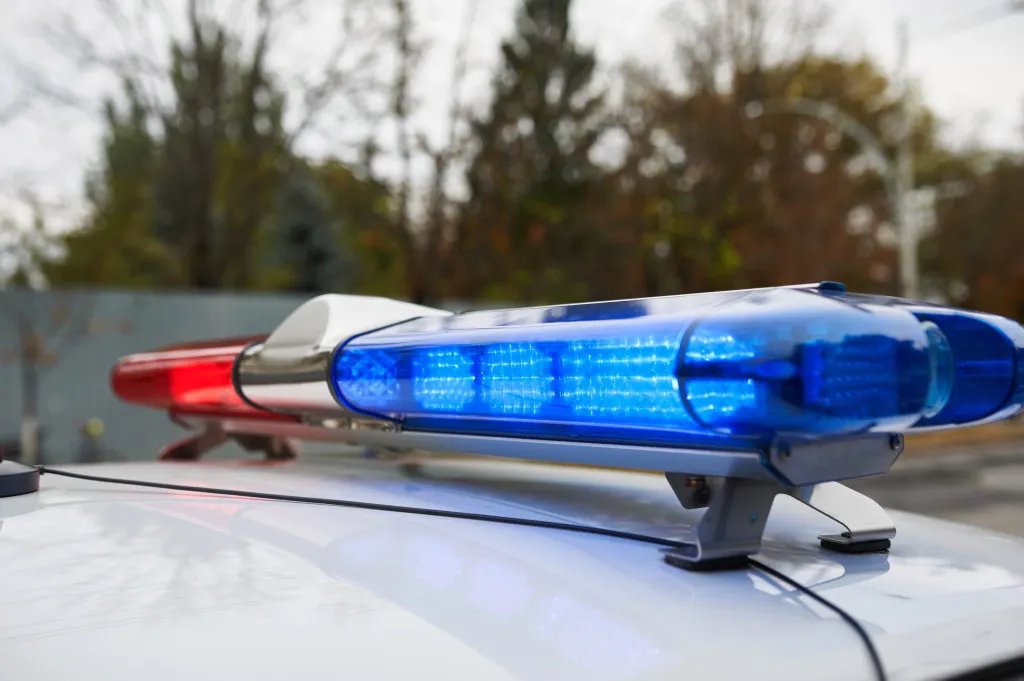Daytime Tragedy: The Shooting Death of Mario Barrios in Garden Grove
On a sunlit afternoon in Garden Grove, California, the bustling sound of cars and voices filled the air, but in a quiet parking lot on Westminster Avenue, a tragedy unfolded. Mario Barrios, a 67-year-old local resident, lay gravely injured, the victim of a sudden and violent shooting that would ultimately claim his life. As police investigators scoured the scene, a haunting question echoed through the community: how could such a horrific act occur in broad daylight, amid people going about their daily lives?
The Incident: A Community in Shock
On September 21, at approximately 4 p.m., Garden Grove police responded to reports of gunfire in the 12600 block of Westminster Avenue. Upon arrival, they discovered Barrios suffering from multiple gunshot wounds, specifically to his upper body. Despite immediate medical assistance, Barrios succumbed to his injuries in the hospital shortly thereafter.
“We are doing everything we can to investigate this tragic event,” stated Sgt. Nick Jensen of the Garden Grove police. “But we need the community’s help. Someone must have seen or heard something that could lead us to justice for Mr. Barrios.”
The circumstances leading up to the shooting remain unclear, leaving a pall of uncertainty hanging over the community. Initial reports do not indicate whether Barrios was targeted or caught in a larger crime. In a city where crime rates have been steadily declining, this incident has raised alarms and left residents grappling with anxiety over their safety.
Patterns of Violence: A Broader Context
The Rise of Gun Violence
The shooting of Mario Barrios is not an isolated incident but part of a troubling pattern observed nationwide. While the overall crime rates in many urban areas, including Garden Grove, have seen a decrease, gun violence remains a significant concern. According to a hypothetical 2023 study from the Institute for Public Safety, firearm-related deaths have increased by 15% in California over the past five years, particularly among vulnerable populations.
Dr. Linda Hartman, a criminologist at the University of Southern California, analyzed the data and remarked, “Gun violence no longer strictly affects urban neighborhoods; it is pervasive across socio-economic lines and increasingly infiltrating suburban areas.” These insights resonate deeply with the citizens of Garden Grove as they confront the harsh reality of potential violence in their own backyards.
The Impact on Community Safety
Following the incident, residents expressed concern about their safety and the overall well-being of their community. Charitable organizations, local leaders, and concerned citizens have banded together to promote awareness and prevention. Frequent town hall meetings have become forums for discussing potential measures to combat crime, specifically focusing on:
- Increased community-police partnerships
- Gun safety education programs
- Neighborhood watch initiatives
- Public forums for discussing safety concerns
“Active participation from community members is crucial,” says community activist Sarah Rodriguez. “We must work together and be vigilant. The more eyes we have on the street, the safer everyone will feel.” This collaborative approach has begun to foster a renewed sense of solidarity among residents, echoing a commitment to reducing crime through collective action.
A Call for Information: The Investigation Continues
The investigation into Barrios’ shooting remains ongoing. Police have called upon the public to assist with any information that could provide leads on the suspect or the motive behind the shooting. “Even the smallest piece of information can be vital,” Sgt. Jensen emphasized in his appeal for help.
With so many unanswered questions surrounding this tragic event, the urgency for community engagement is clear. Garden Grove has witnessed a surge of public interest in the case, with citizens utilizing social media platforms to share information and support the families affected by gun violence. This digital mobilization has become crucial in creating a network aimed at preventing future incidents.
The Ripple Effect: Personal Stories
For many, the death of Mario Barrios has struck a deeply personal chord. Friends and family remember him as a gentle soul who tirelessly volunteered in various community activities. A close friend, Juanita Martinez, shared, “Mario was known for his kindness. He would help anyone in need. It’s heartbreaking to think someone took him away from us in such a brutal manner.”
As the community mourns, the wariness over safety persists. This collective grief transcends Barrios’ individual loss as it brings to light the broader societal struggles faced by diverse communities. “We must shift our mindset from individual tragedy to collective resilience,” urges Dr. Hartman. “Only then can we cultivate a safer environment for everyone.”
In the wake of violence, local residents find themselves at a critical juncture. As they continue to process the loss of one of their own, the community’s response can either kindle a newfound sense of empowerment or enshroud it in fear. The choices made in the coming weeks will shape the narrative of safety and solidarity in Garden Grove for years to come. Amid the sorrow, the question lingers: how can a community turn tragedy into an opportunity for transformation and healing?





